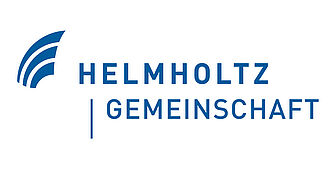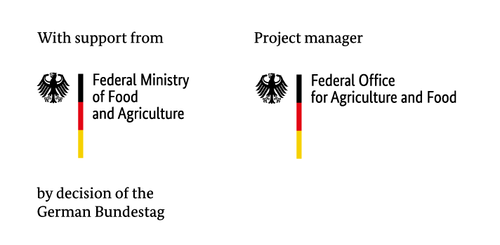Sens4Bee
Environmental and agricultural monitoring with miniaturized, integrated sensor systems and solar batteries on the RFID TAG
The goal of the Sens4Bee project is to collect enough data using various RFID-based sensors in hives and on individual animals to be able to analyze bee welfare in relation to environmental events and parameters. For this purpose, the company Microsensys GmbH is developing a sensor system to detect temperature, humidity, vibration and acoustic signals in the hive. The Helmholtz Centre for Environmental Research – UFZ is processing the collected data and analyzing its significance for the health status of bee colonies.
In addition, the Fraunhofer Institute for Reliability and Microintegration IZM is working with Microsensys GmbH to develop sensors that combine a new micro battery technology and micro energy harvesting in a single system. These sensors are attached to bees to determine temperature, brightness and flight movement. The collected data is then processed and displayed in an intelligent cloud solution with analysis tools. In order to make the data obtained available for practical management options in beekeeping, another focus of the project is on smart processing, which provides beekeepers with concrete recommendations for action. For applied research, the individually collected animal and hive data will be linked to environmental events to improve, for example, the assessment of environmental chemicals.
Fraunhofer IZM is developing an extremely small lithium battery and a solar module using silicon technology. These are integrated by the company Microsensys GmbH with the smallest sensor transponders and sensor data loggers with RFID interface in a module so small and light that it can be carried by bees on their backs. The total weight is between two and ten milligrams and is applied in an animal-friendly manner directly during the bees' first stage of development by means of a biocompatible adhesive. Experience with the passive RFID chips used to date has shown that electronic components of this size do not affect or alter bee behavior.
Silicon wafer-level technology can produce hundreds of tiny batteries simultaneously on a single substrate. In contrast to previously common button cells with metal housings, the much lighter silicon is used as the housing material. The researchers' goal here is to supply the system with energy from the battery for the duration of the bee's flight. Charging takes place during the flight phase by daylight. In the hive, the battery is charged by infrared light.
Since the start of the project a few months ago, the focus has clearly been on the technical development of an integrative solution for beehives, individual sensor technology and automated evaluation, which will provide beekeepers with an easy-to-use tool. Beyond this practically oriented clientele, it can be assumed that further bee and environmental institutes as well as national and international research associations can be won over1.
(1 On the trail of bee mortality with energy-autonomous sensors - Fraunhofer IZM)
If you want to learn more about our project, we can recommend this video!
Research project in cooperation with
Fraunhofer IZM, Microsensys GmbH
and Helmholtz-Center for environmental research
Here you will also find a short video explaining how to change the battery.




